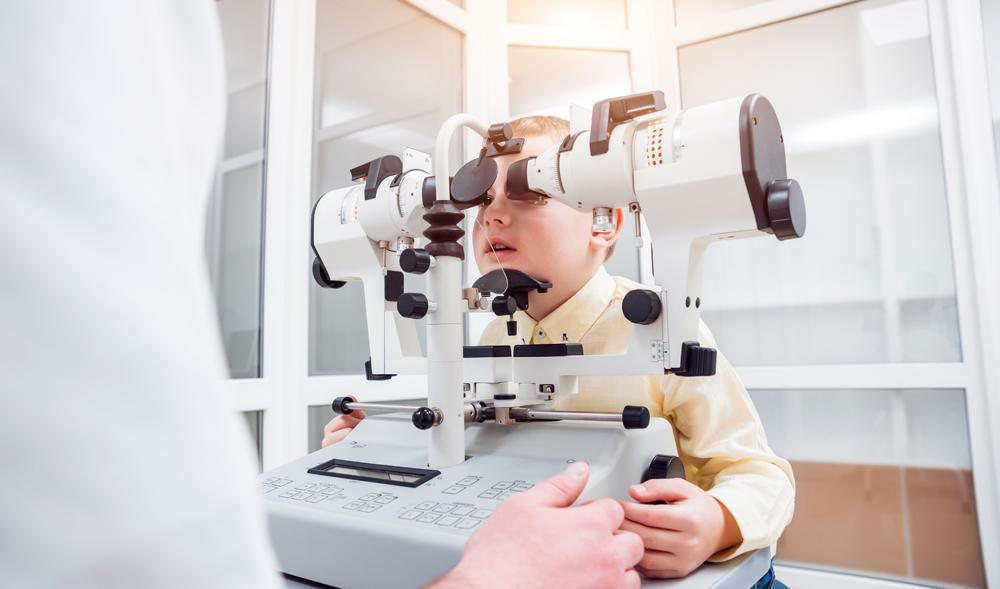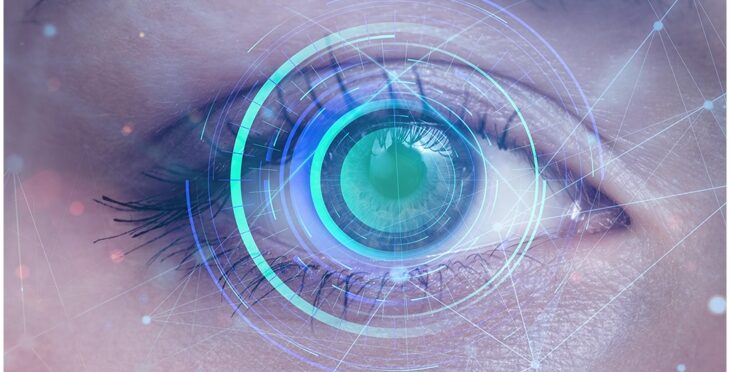Neighborhood Glaucoma Service Near Me: Relied On Experts for Eye Wellness
Neighborhood Glaucoma Service Near Me: Relied On Experts for Eye Wellness
Blog Article
The Role of Advanced Diagnostic Devices in Identifying Eye Disorders
In the world of ophthalmology, the usage of advanced analysis devices has changed the early identification and monitoring of numerous eye disorders. From spotting refined changes in the optic nerve to checking the progression of retinal illness, these technologies play a pivotal duty in improving the accuracy and performance of diagnosing eye problems. As the need for specific and timely diagnoses continues to grow, the assimilation of sophisticated tools like optical comprehensibility tomography and visual area testing has actually ended up being essential in the world of eye treatment. The complex interaction in between innovation and sensory methods not just drops light on elaborate pathologies but likewise opens up doors to customized therapy methods.
Importance of Early Medical Diagnosis
Early diagnosis plays a pivotal function in the reliable administration and therapy of eye conditions. Timely identification of eye problems is important as it permits timely intervention, possibly avoiding further development of the disease and decreasing long-term complications. By detecting eye disorders at an onset, doctor can provide suitable treatment strategies tailored to the details condition, ultimately causing better results for patients. Furthermore, early medical diagnosis makes it possible for patients to accessibility needed assistance services and resources earlier, improving their total quality of life.

Technology for Detecting Glaucoma
Sophisticated analysis technologies play an important duty in the early discovery and surveillance of glaucoma, a leading reason for irreparable blindness worldwide. One such innovation is optical coherence tomography (OCT), which gives comprehensive cross-sectional pictures of the retina, allowing for the dimension of retinal nerve fiber layer density. This measurement is necessary in evaluating damages brought on by glaucoma. One more sophisticated tool is aesthetic field testing, which maps the sensitivity of a client's aesthetic area, aiding to find any kind of areas of vision loss attribute of glaucoma. Furthermore, tonometry is used to determine intraocular stress, a major risk element for glaucoma. This test is vital as raised intraocular stress can cause optic nerve damage. Newer innovations like the use of synthetic intelligence formulas in examining imaging information are additional info revealing appealing outcomes in the very early detection of glaucoma. These advanced analysis tools make it possible for eye doctors to identify glaucoma in its beginning, permitting timely intervention and better monitoring of the illness to avoid vision loss.
Function of Optical Comprehensibility Tomography

OCT's ability to evaluate retinal nerve fiber layer thickness enables exact and unbiased measurements, helping in the early detection of glaucoma also prior to visual area defects come to be noticeable. Furthermore, OCT modern technology permits longitudinal monitoring of structural changes gradually, assisting in tailored treatment plans and prompt treatments to aid preserve people' vision. The non-invasive nature of OCT imaging additionally makes it a recommended choice for keeping track of glaucoma progression, as it can be repeated consistently without triggering discomfort to the patient. Overall, OCT plays an essential function in improving the diagnostic precision and management of glaucoma, inevitably adding to far better outcomes for individuals at threat of vision loss.
Enhancing Medical Diagnosis With Visual Area Screening
An important component in detailed sensory assessments, visual field screening plays a crucial role in improving the diagnostic procedure for different eye conditions. By examining the complete level of a person's aesthetic field, this examination provides vital info about the practical stability of the whole aesthetic path, from the retina to the aesthetic cortex.
Aesthetic field testing is particularly beneficial in the medical diagnosis and monitoring of problems such as glaucoma, optic nerve conditions, and various neurological conditions that can influence vision. Through measurable measurements of peripheral and central vision, medical professionals can identify subtle changes that might suggest the presence or progression of these disorders, even prior to visible signs and symptoms occur.
Furthermore, visual field screening allows for the monitoring of treatment efficacy, assisting eye doctors tailor healing treatments to individual clients. eyecare near me. By tracking adjustments in visual area efficiency gradually, health care providers can make educated decisions concerning adjusting medications, suggesting surgical treatments, or implementing various other ideal actions to maintain or boost a person's visual feature
Handling Macular Degeneration
Verdict
In verdict, advanced analysis tools play an important role in recognizing eye problems early. Technologies such as Optical Coherence Tomography and visual field screening have substantially enhanced the accuracy and performance of diagnosing problems like glaucoma and macular deterioration. Early detection enables prompt treatment and administration of these conditions, inevitably causing much better outcomes for clients. It is necessary for healthcare specialists to remain upgraded on these advancements to provide the most effective possible treatment for their people. eyecare near me.
Report this page